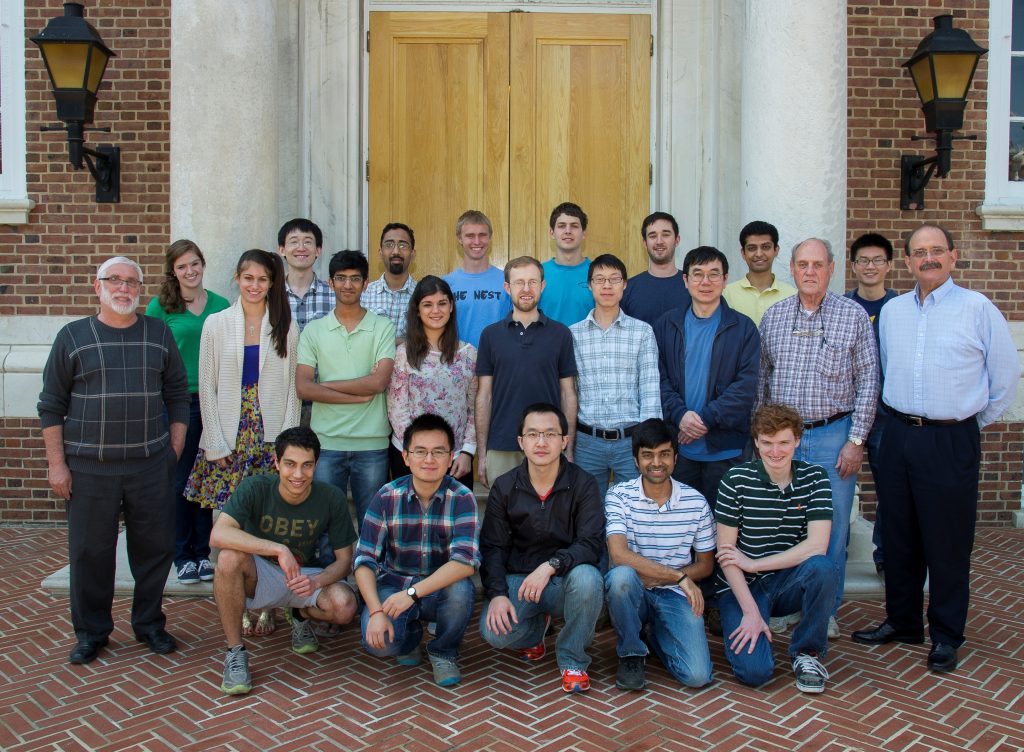
Prof. Katz Symposium – November 18, 2023

Katz lab (Current students and Alumni at Washington DC 2023)

Joseph Katz’s induction into NAE (2019)
Our laboratory examines a wide range of problems involving complex flows and particle dynamics. We have developed and implemented quantitative flow visualization techniques for laboratory and field applications including PIV, film-based and digital holography, holographic PIV, microscopic holography and pressure measurement techniques. These methods have been utilized to study:
(a) Complex flows and turbulence generated due to rotor-stator, blade-wake and wake-wake interactions in multistage turbomachines.
(b) Multiphase flows including transport of fuel droplets, particles and bubbles in turbulent flows; flow induced sound and vibrations in bubbly channel flows; cavitation in attached and free-shear flows; and slurry jets.
(c) Oceanography including flow structure and turbulence in the coastal ocean boundary layer, as well as in situ measurements of behavior, interactions and spatial distributions of particles and plankton in the ocean.
(d) Laboratory measurements of swimming behavior and flow around micro-plankton, such as copepods and dinoflagellates.
(e) Fundamental issues in turbulence modeling including characterization of magnitude and alignment of subgrid stresses and energy fluxes in isotropic and rapidly strained turbulence.
(f) Boundary layer flows including high-resolution measurements of flow structure and turbulence in the inner part of turbulent boundary layers on rough and smooth walls; as well as canopy boundary layers in a cornfield and in laboratory models.


